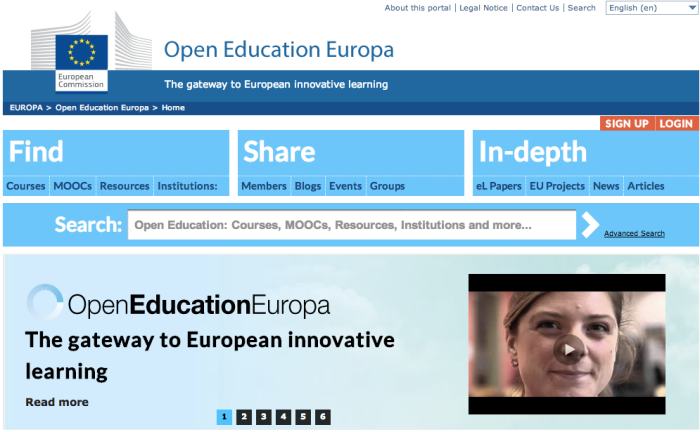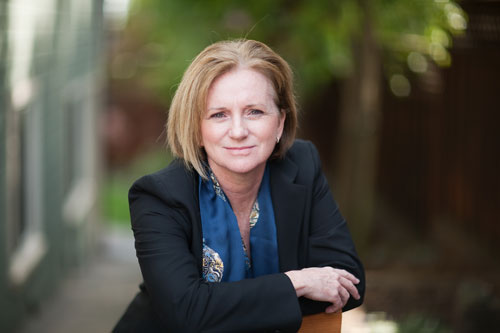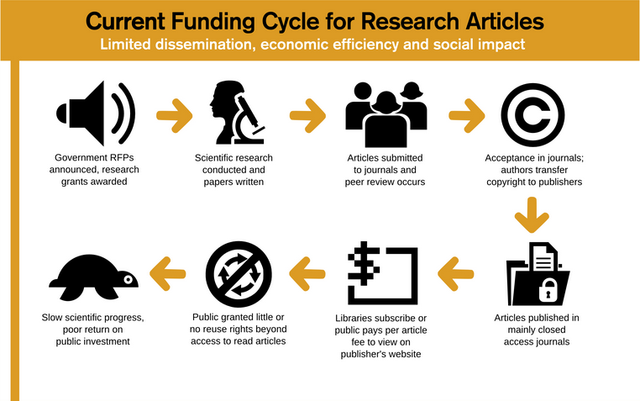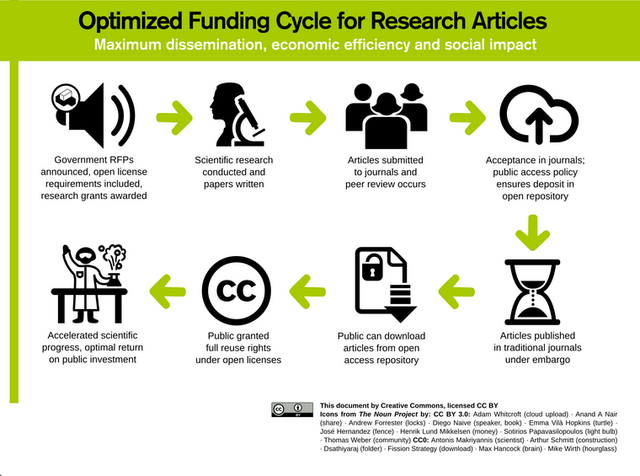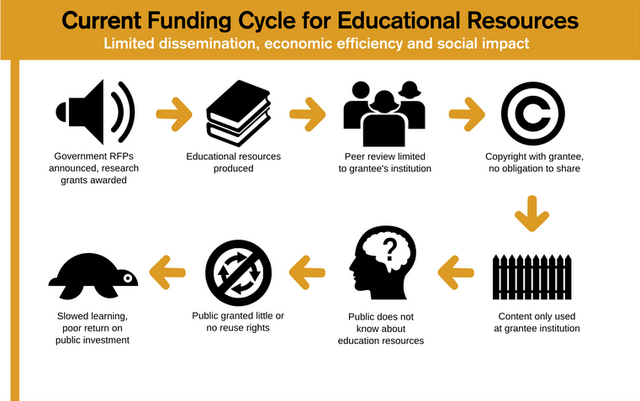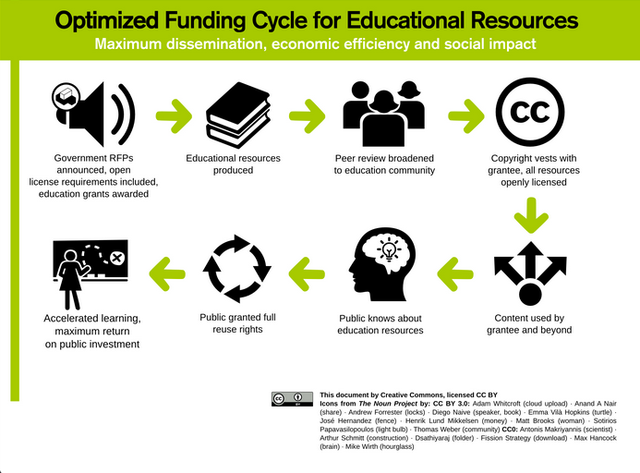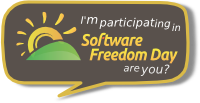European Commission launches “Opening Up Education” initiative
mercredi 25 septembre 2013 à 21:08European Commission Vice President Neelie Kroes and Commission Member Androulla Vassiliou today announced Opening Up Education, an initiative that looks to increase the use of digital technologies for learning and spur the development of Open Educational Resources and policies across the European Union.
The Opening Up Education communication (PDF) indicates a strong support for Open Educational Resources. On the subject of OER, the Commission will:
- Ensure that all educational materials supported by Erasmus+ are available to the public under open licenses and promote similar practices under EU programmes;
- Use the new programmes Erasmus+ and Horizon 2020 to encourage partnerships between creators of educational content (e.g. teachers, publishers, ICT companies), to increase the supply of quality OER and other digital educational materials in different languages, to develop new business models and to develop technical solutions which provide
transparent information on copyrights and open licenses to users of digital educational resources; - Launch with this Communication the Open Education Europa portal linking it to existing OER repositories in different languages and bringing learners, teachers and researchers together, so to improve the attractiveness and visibility of quality OERs produced in the EU.
The communication also urged Member States and education institutions to:
- Stimulate open access policies for publicly-funded educational materials;
- Encourage formal education and training institutions to include digital content, including OERs, among the recommended educational materials for learners at all educational levels and encourage the production, including through public procurement, of high-quality educational materials whose copyrights would belong to public authorities.
Kroes and Vassiliou also introduced Open Education Europa, a portal for high quality OER available in a variety of languages. The default licensing for the resources in the portal is CC BY.
The communication document defined OER as “learning resources that are usable, adaptable to specific learning needs, and shareable freely.” We think that it would be better for the Commission to adopt the longstanding and well-understood OER definition promoted by the Hewlett Foundation, which defines OER as “teaching, learning, and research materials in any medium that reside in the public domain or have been released under an open license that permits their free use and re-purposing by others.”
Creative Commons provided feedback last year when the Commission was gathering information from stakeholders on how to proceed around the issues of ICT and OER. Congratulations to the EC on what looks like a promising initiative that will increase access to and reuse of open educational resources and technologies for a wide range of learners in Europe.
